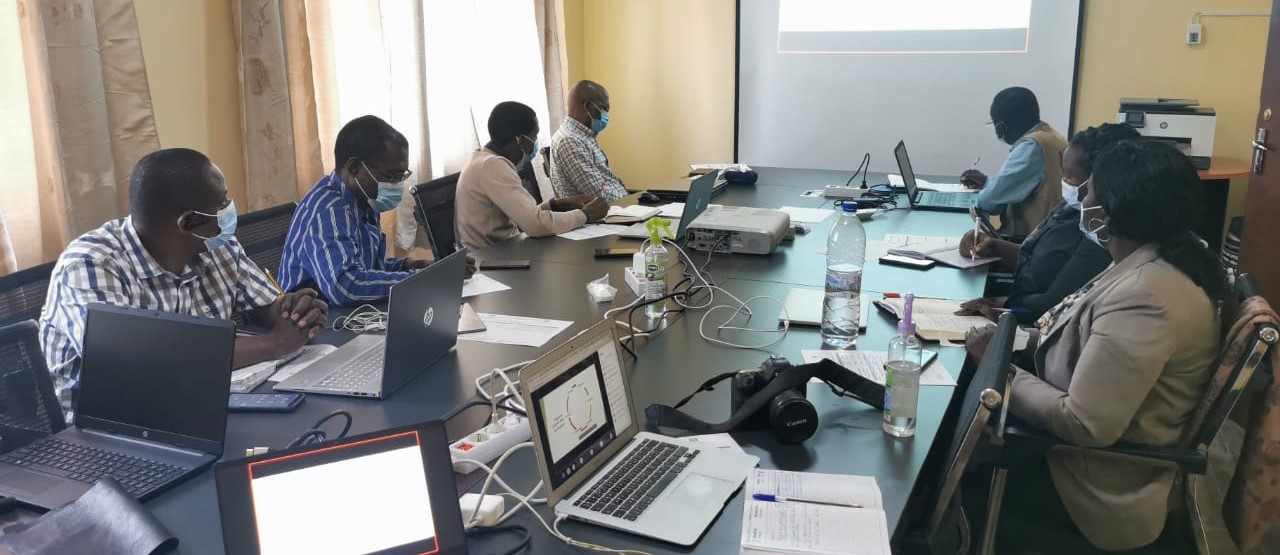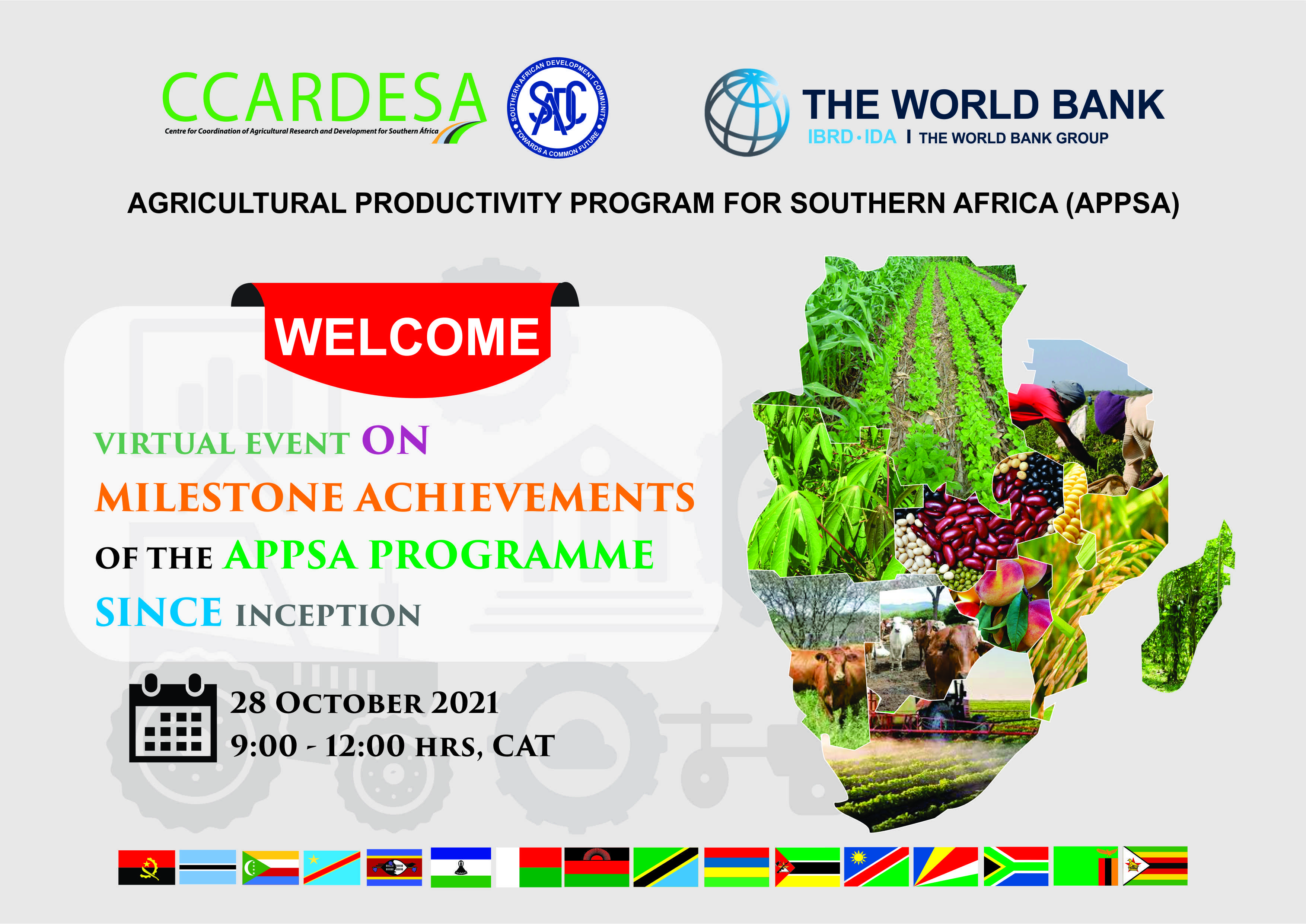Co-authors
Tek Sapkota, Clare Stirling, Christian Thierfelder, Nele Verhulst, Theodor Friedrich, Josef Kienzle
Description/Abstract
Conservation agriculture is an approach to agricultural management based on three principles:
1. Minimum soil disturbance
Zero tillage is ideal, but the system may involve controlled tillage in
which no more than 20 to 25% of the soil surface is disturbed.
2. Retention of crop residues or other soil surface cover
Many de nitions of CA use 30% permanent organic soil cover as the
minimum, but the ideal level of soil cover is site-speci c.
3. Use of crop rotations
Crop rotation helps reduce build-up of weeds, pests and diseases. Where farmers do not have enough land to rotate crops, intercropping can be used. Legumes are recommended as rotational crops for theirnitrogen- xing functions.
Citation
Conservation agriculture, Implementation guidance for policymakers and investors. Meryl Richards, Tek Sapkota, Clare Stirling, Christian Thierfelder, Nele Verhulst, Theodor Friedrich, JoCsef Kienzle, 2014. FAO.












